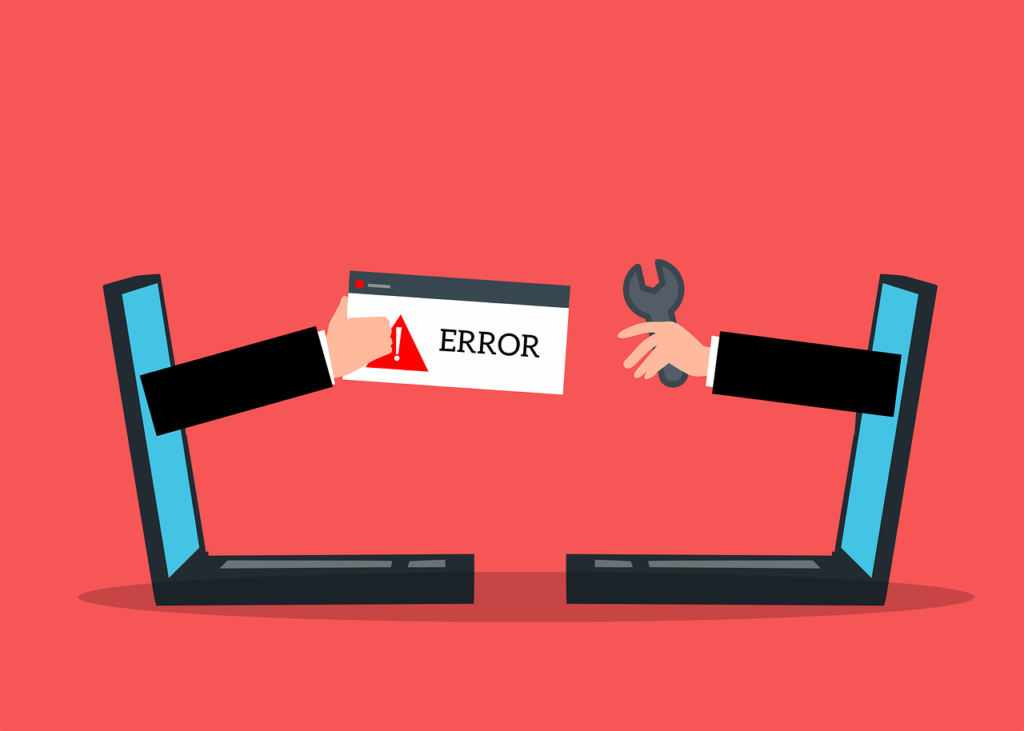What Exactly is a ‘403 Forbidden’ Error?
Encountering a ‘403 Forbidden’ error can be frustrating, especially when you’re trying to access specific content on a website. Simply put, a ‘403 Forbidden’ error, often displayed as “Error 403” or “Forbidden Error 403,” is an HTTP status code sent by a web server indicating that access to the requested resource is denied.
Why Does a ‘403 Forbidden’ Error Occur?
Several factors could lead to a ‘403 Forbidden’ error, making a web page inaccessible. This might occur because the page is set to private, or there are restrictions placed by the website administrator, limiting access to certain users or IP addresses. Sometimes, incorrect file permissions or corrupt .htaccess files on the server can also result in a ‘403 Forbidden’ error. Misconfigurations in file permissions typically block server requests to access the intended files, prompting the ‘403 Forbidden’ status code.
What Does ‘403 Forbidden’ Mean for Users and Website Owners?
When users see a message stating “403 Forbidden” or “Website is Forbidden,” it means the server recognizes the request but refuses to authorize it. For website owners, this could mean a potential barrier to user engagement and access issues that could negatively impact the website’s overall performance and SEO efforts.
Steps to Fix a ‘403 Forbidden’ Error
- Check URL Accuracy: First, ensure the URL entered is correct. Typos in the web address can sometimes lead to a ‘403 error.’
- Review File Permissions: Incorrect file permissions can restrict access. Adjusting these permissions may resolve the issue, allowing user access.
- Examine .htaccess File: A corrupt or misconfigured .htaccess file might be the culprit. Restoring a previous version of this file or correcting the configuration can help.
- Disable Conflicting Plugins or Extensions: If you’re using a CMS like WordPress, plugins or extensions might interfere with access. Deactivate these tools temporarily to see if the issue resolves.
- Clear Browser Cache and Cookies: Stored cache and cookies can cause a ‘403 Forbidden’ error. Clearing these can help refresh your access permissions.
- Contact Hosting Provider: If the above steps don’t work, it might be a server-side issue. Contacting your web host or IT support can provide a solution tailored to your specific situation.
Preventing Future ‘403 Forbidden’ Errors
Maintaining regular checks on file permissions and website configurations can prevent potential ‘403 Forbidden errors.’ Additionally, keeping software and plugins up-to-date and monitoring for unauthorized access attempts will help secure your website and enhance user experience.
Conclusion
While a ‘403 Forbidden’ error might seem daunting, it’s usually fixable with some basic troubleshooting steps. Whether you’re a website visitor puzzled by ‘what is a 403 Forbidden,’ or a site owner needing to know ‘how to fix 403 forbidden,’ understanding the causes and solutions can help maintain smooth access to web resources. For professional assistance with persistent ‘403 forbidden errors’ or to enhance your website’s performance, consider reaching out to SEO experts who specialize in managing and resolving these issues effectively.

